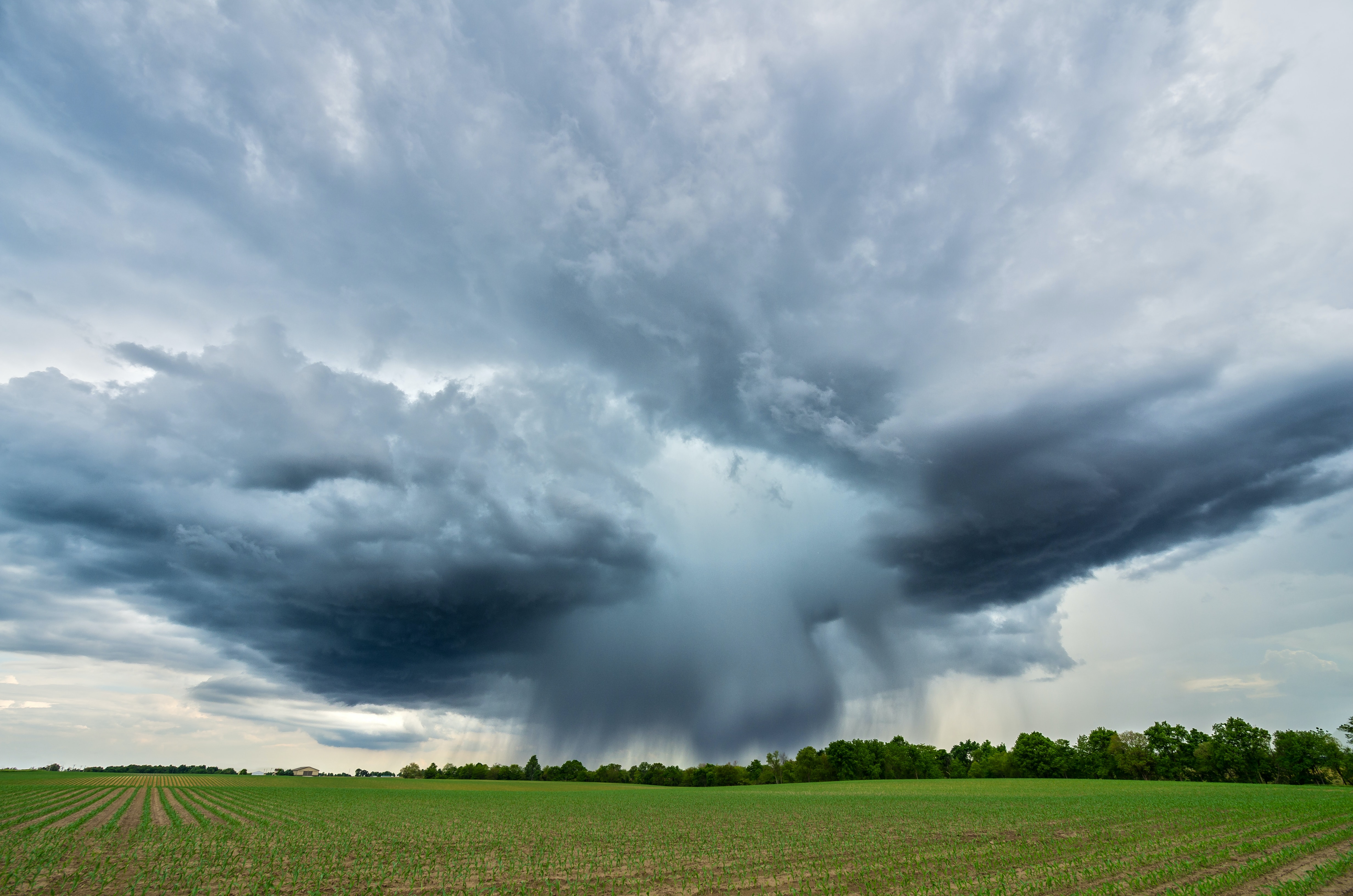To use LSTM for weather forecasting, you would first need to prepare your dataset by selecting the relevant features and normalizing the data. Then, you can split the dataset into training and test sets.
Next, you can define an LSTM model with a certain number of memory units and layers. The input shape of the model should match the shape of the training data. You can then compile the model with an optimizer and a loss function.
After defining the model, you can train it using the training data. During training, the model will learn to predict the temperature based on the past values of temperature, pressure, humidity, and wind speed.
Once the model is trained, you can use it to make weather forecasts by feeding it the current weather data and using the model to predict the future weather. The forecast can then be denormalized using the standard deviation and mean of the temperature.
Overall, LSTM can be a powerful tool for weather forecasting, as it can learn to capture the complex patterns and dependencies in weather data. However, it is important to carefully prepare the dataset and choose the right model architecture and hyperparameters to achieve accurate forecasts.
Source code
